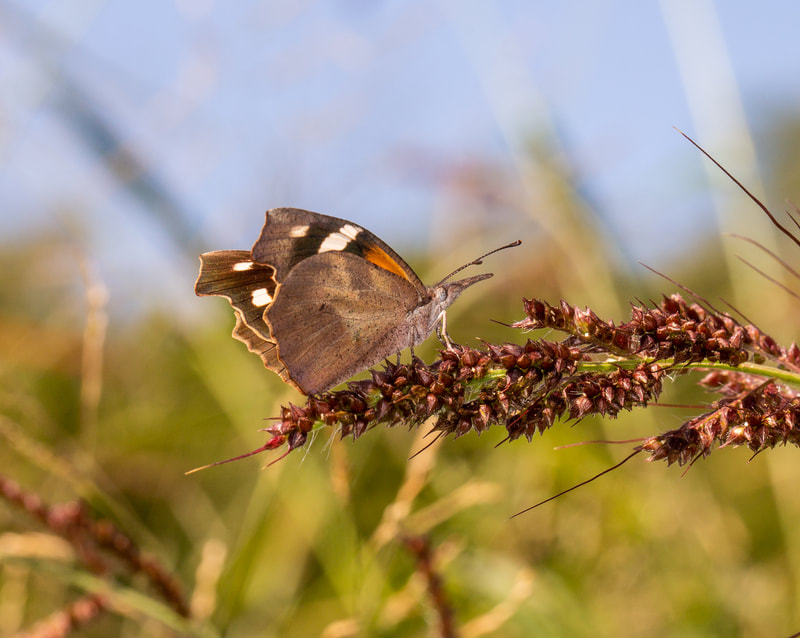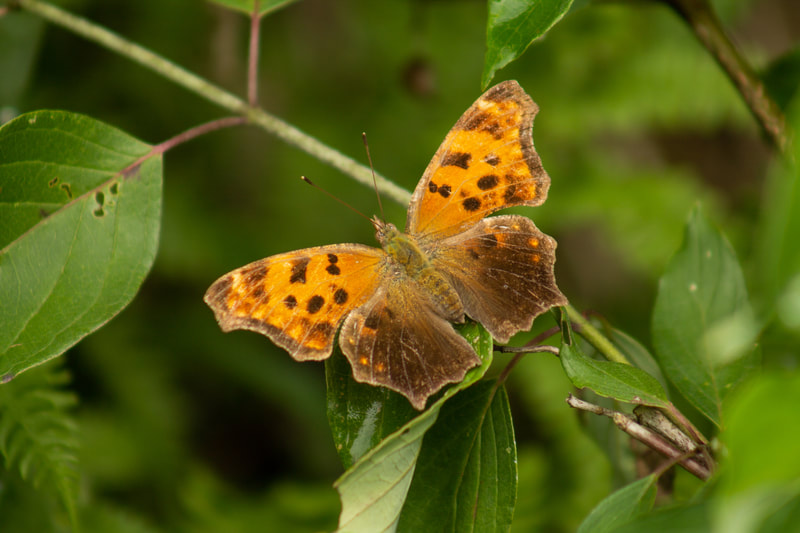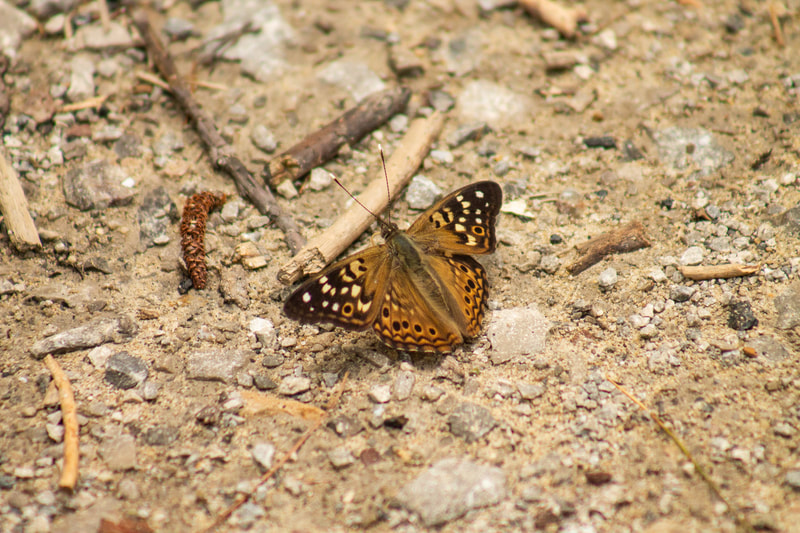Butterfly Monitoring
Monitoring flora and fauna populations is important for collecting the necessary data for explaining trends over a given time period. It is with this data that our Natural Resource staff can make policy decisions related to land management. Monitoring can provide baseline data for land managers detailing exactly how they should manage resources to benefit the wildlife and our users, maximizing ecosystem potential. One way that staff monitor our habitat is by monitoring the butterfly populations at each park on a yearly basis.
This data provides insight into the effectiveness of management techniques such as enhancement and restoration through invasive removal and native vegetation release. Butterfly population numbers can fluctuate from year to year due to a myriad of factors such as weather patterns, temperature changes, water availability, etc; however, we can maximize the potential for higher butterfly numbers through our continued efforts of enhancing pollinator habitat by restoring native vegetation. Two specific ways that Natural Resource Staff promote butterfly diversity is by providing a variety of nectar rich vegetation that encompass all of the colors in the color spectrum and that bloom throughout the entire growing season. By providing a variety of nectar sources of differing heights, colors, and blooming times, ensures that butterflies active during any time throughout the flight season have a nectar source readily available. Another way that Natural Resource Staff manage habitat for butterflies is by providing as diverse an array of native host vegetation selection as possible. Some species of butterflies are species specific, while others are generalists. This is why it is important to offer as many native species of vegetation as possible.
There are several different types of monitoring programs available with different protocols established. For CPD's purpose, we use Transects combined with the common "Pollard Walk" method for monitoring butterfly populations. This involves a monitor that surveys an established "route" at a site on a weekly basis. Protocol from site to site can vary depending on the data being collected. For a complete checklist of butterflies found at CPD Parks click here.
CPD is always looking for interested individuals looking to volunteer as Natural Resource butterfly monitors! If you are interested in getting involved contact CPD Land Manager, Kyle Bailey, [email protected]! Below is a gallery of butterflies documented at CPD Parks.
This data provides insight into the effectiveness of management techniques such as enhancement and restoration through invasive removal and native vegetation release. Butterfly population numbers can fluctuate from year to year due to a myriad of factors such as weather patterns, temperature changes, water availability, etc; however, we can maximize the potential for higher butterfly numbers through our continued efforts of enhancing pollinator habitat by restoring native vegetation. Two specific ways that Natural Resource Staff promote butterfly diversity is by providing a variety of nectar rich vegetation that encompass all of the colors in the color spectrum and that bloom throughout the entire growing season. By providing a variety of nectar sources of differing heights, colors, and blooming times, ensures that butterflies active during any time throughout the flight season have a nectar source readily available. Another way that Natural Resource Staff manage habitat for butterflies is by providing as diverse an array of native host vegetation selection as possible. Some species of butterflies are species specific, while others are generalists. This is why it is important to offer as many native species of vegetation as possible.
There are several different types of monitoring programs available with different protocols established. For CPD's purpose, we use Transects combined with the common "Pollard Walk" method for monitoring butterfly populations. This involves a monitor that surveys an established "route" at a site on a weekly basis. Protocol from site to site can vary depending on the data being collected. For a complete checklist of butterflies found at CPD Parks click here.
CPD is always looking for interested individuals looking to volunteer as Natural Resource butterfly monitors! If you are interested in getting involved contact CPD Land Manager, Kyle Bailey, [email protected]! Below is a gallery of butterflies documented at CPD Parks.


































